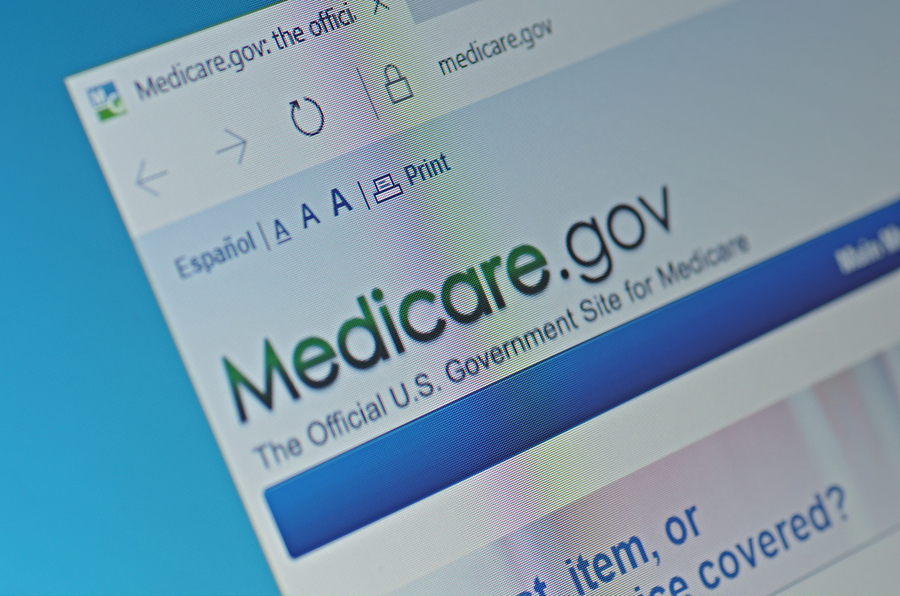When catching up on women’s health don’t fall behind on cardiovascular disease. Too often, women and their doctors ignore the signs and symptoms of cardiovascular disease. Reduce your risk by learning how to identify the warning signs.
When you know a disease is serious, you are more likely to give it the attention it deserves. The American College of Cardiology reports 45% of women between 26-60 have no idea they are in danger of cardiovascular disease. According to the CDC, each year heart disease contributes to one in four deaths.
The same survey reports 25% of women between 50-60 don’t know the risks of cardiovascular disease. Of the 1000 women surveyed, over 200 were unaware cardiovascular disease is the primary cause of death for women in the United States.
Know the Signs
Heart disease can affect all ages. Cardiovascular disease includes several types of heart disease – all with serious consequences. Signs and symptoms to look for include:
- Extended chest and upper body pain
- Pain or discomfort in the back, neck, or jaw
- Anxiety, weakness, dizziness, and nausea
- Pain in the arms or shoulder region
- Increased work of breathing
Keep Your Doctor Appointments
Of the women surveyed, 63% admitted to canceling doctor appointments. 45% reported delaying their appointment simply to lose weight before going in. Take your health seriously. If you haven’t spoken to your doctor about cardiovascular disease, make an appointment (and keep it).
Be Proactive
A surprisingly high number of doctors report they do not discuss cardiovascular disease with their patients. It is important you be proactive about your health. Don’t wait for your doctor to bring up cardiovascular disease. Know the signs and symptoms and take charge of your health.
Love great info on health and wellness? So are we! Please contact us with any insurance related questions today.










